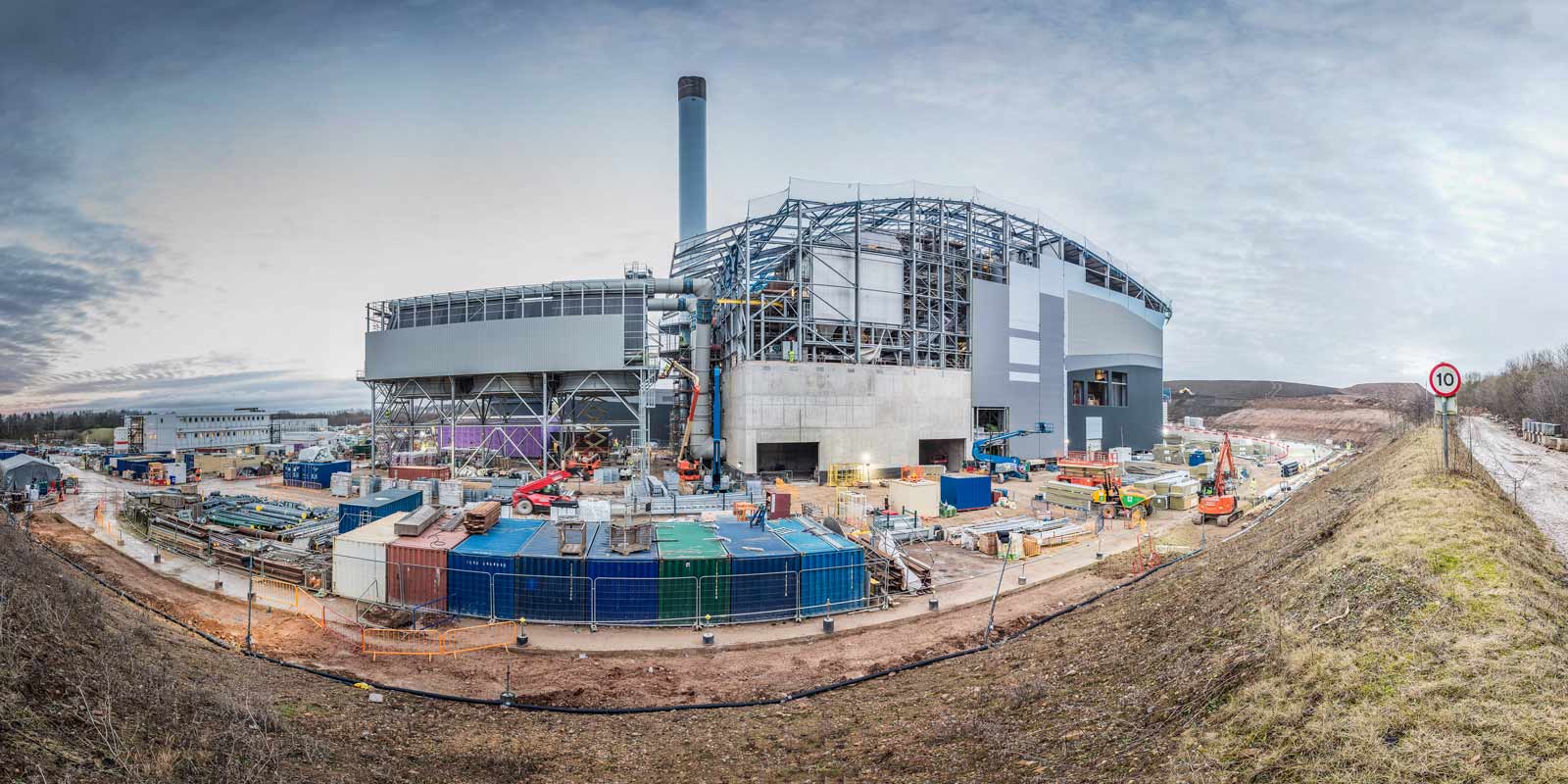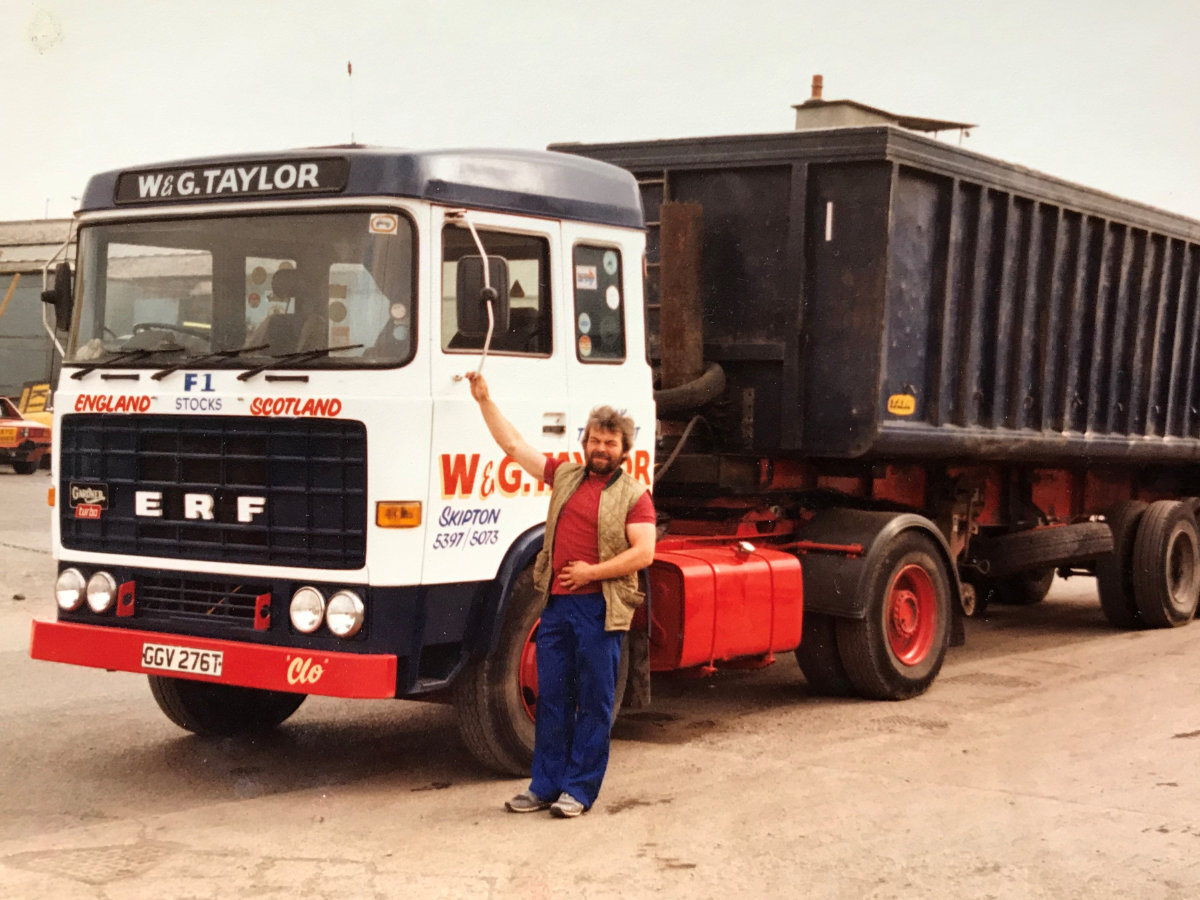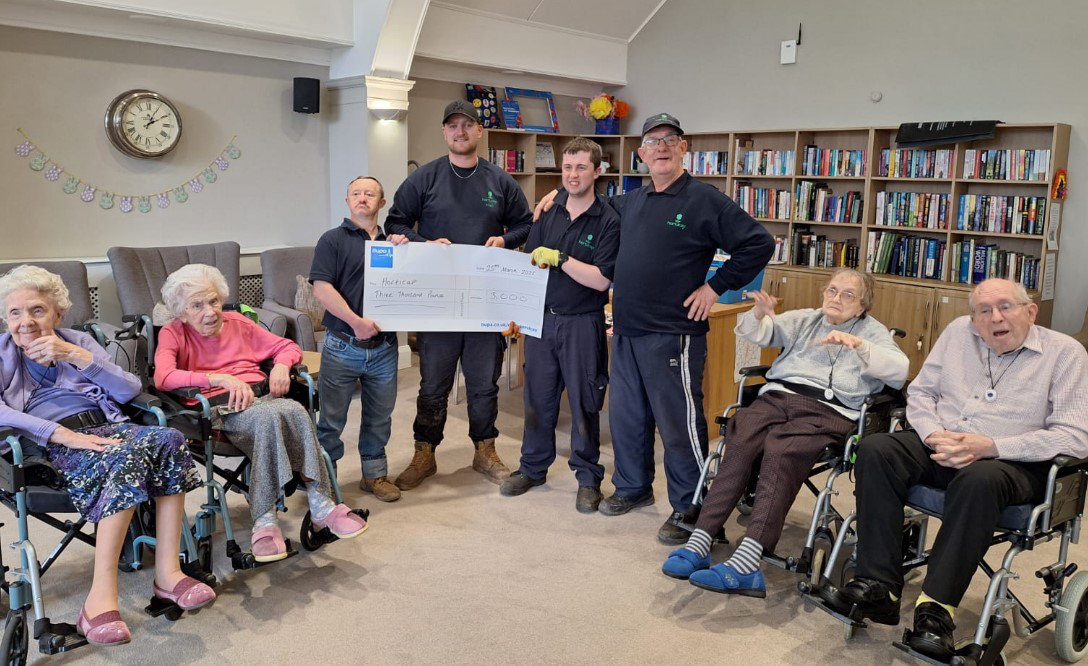With more than 1.3 million hours worked, construction at Allerton Waste Recovery Park is now in its final phase and is around a year away from being fully operational.
Construction began in January 2015 with the excavation of more than 55,000 tonnes of earth to create the waste bunkers. During 2015 most of the work was focused on construction of the 22m deep waste bunkers and laying the foundations for the rest of the plant.
When operational, Allerton Waste Recovery Park will use three proven technologies to make the most of North Yorkshire’s and the city of York’s rubbish. Incoming waste will first go through a mechanical treatment process which will extract materials such as plastics and metals which can be recycled; organic waste will also be separated and sent to an anaerobic digester which will transform the waste into renewable energy. The remaining rubbish will be sent to the energy from waste plant which will use it as a fuel to create energy – the facility will export 24MW of energy to the National Grid every hour – enough to power the equivalent of 40,000 homes.
2016 saw the facility taking shape as the building which will house the mechanical treatment part of the facility was constructed; the anaerobic digestion unit was installed and the energy from waste plant was constructed.
During the early months of 2017, attention is focused on completing the building around the energy from waste plant and installation of the mechanical treatment equipment.
Mark James, Construction Manager at Allerton Waste Recovery Park, said: 2016 was a very busy year which saw the facility really taking shape.
A key landmark was the installation of the stack on the energy from waste plant during the summer. With the energy from waste part of the facility most of the equipment is put into place and the building is then completed around. We are now in the final stages of that building work.
At the other side of the facility we’ve completed mechanical treatment building and we are now busy getting that equipment installed. This is progressing really well. When it is complete it will feature a range of intelligent sorting equipment including magnets and infrared detectors to separate out plastics and metals for recycling.
The facility will treat more than 320,000 tonnes of waste every year and divert at least 90% of this away from landfill.







